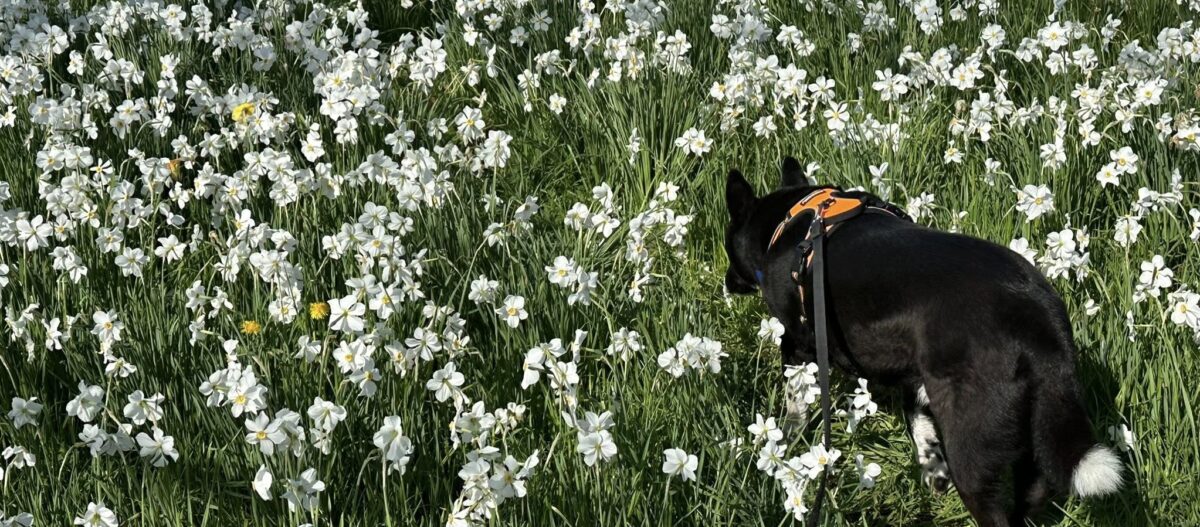We visited Quechee, just up the road from Woodstock Center – located along the Ottauquechee River in the Town of Hartford. Quechee Gorge is stunning, and forms the southeast edge of the town. I didn’t get pictures of the gorge, as the snow/ice were too heavy on the edges for safe photography climbing. The covered bridge was heavily damaged in Hurricane Irene and had to be rebuilt. The Simon Pearce mill also sustained damage and lost it’s entire glass works floor, on the lower lever. Amazing how that hurricane affected this area of Vermont, hours from the coast.
A must stop in this area is the Simon Pearce gallery and restaurant – the food is divine (accent on fresh, local) and we enjoyed watching the glassworks downstairs. The mill itself is incredible, with a huge waterfall that powers the entire place. Amazing….
Some history on Quechee… This is long, but it’s worth the read – to see a once thriving community turn into a ghost town, and with thoughtful ressurction, it is thriving once again. .. (or.. skip to the pictures)
Quechee was settled in the 1760s when homesteaders were deeded acres for the erection of mills along the Ottauquechee River. The mills became the heartbeat of this community, providing everything from lumber to cider for the settlers. To accommodate growing traffic, a bridge was built over the Ottauquechee River at the current site of the Quechee covered bridge.
During the 1800s, the mills thrived, gaining particular attention for fabric. J.C. Parker and Co. (the property now occupied by Simon Pearce Glass) developed a fabric, “shoddy”, made of new wool and reworked soft rags, thereby gaining a reputation for producing some of the country’s finest white baby flannel. Another woolen mill, Dewey and Company, was establishing its reputation providing fabric for making baseball uniforms for the Boston Red Sox and the New York Yankees. Over 64 buildings sprang up around this company, creating the village of Dewey’s Mills just downstream from Quechee Village.
In the 1950s, due to the shortage of an affordable labor force and the enticement of the South and its labor force, the mills started closing. Quechee lost the economic base that had existed for almost 200 years. The once booming community became a village of abandoned buildings with broken windows, fallen roofs, brush and bramble covered walls, crumbling foundations, a ghost town of what it had once been.
To add to the decline of Quechee Village, in 1962 a project to address flooding in the lower Connecticut River was initiated. As a result of this project, the village of Dewey’s Mills and that mill ceased to exist. In its place, the Army Corps of Engineers built a causeway between Dewey’s Mills Pond and the Ottauquechee River, which has created a walking trail and wonderful wildlife sanctuary.
In the late 1960s, a group of investors arrived in the area looking for that quintessential Vermont land to build a four-season resort community. As this was the first development of its size to come under the jurisdiction of Vermont’s Land Use Act 250 Law, the end result is a resort that is well planned, developed and maintained with great attention to its surrounding, which includes the Ottauquechee River Valley, its hillsides, open meadows and woodland. Known as the Quechee Lakes Corporation, the company purchased all available land for its planned community and amenities. Today, the Quechee Lakes Resort is one of New England’s finest resorts for seasonal and year-round owners.
Quechee Gorge, known as “Vermont’s Little Grand Canyon”, on the Ottauquechee River is one of New England’s most popular natural wonders. Trails from the Quechee Gorge Visitor Center weave throughout the area (Gorge land is owned by the Army Corps of Engineers) and the Quechee Gorge State Park. A true destination site, over 200,000 visitors visit the Vermont Institute of Natural Science nearby, fish and canoe the river, hike the trails in summer and fall, and cross country ski and snowshoe in the winter.
I took the picture below from the bridge… the power of this waterfall is indescribable….
The Simon Pearce Mill/Gallery/Restaurant is on the right.. the glassworks on the lower level…
We watched a Martini Glass come to be… the teamwork and the speed at which they have to move to work with the fired glass is incredible… It takes about three years for a team to come together and work really efficiently at this trade.
We came home with a set of ivory crackle glaze dishes, very sturdy and beautifully made. Next post.. the rural beauty of this part of Vermont – We’ve explored the state some over the years.. and have to say, it’s our favorite spot.





